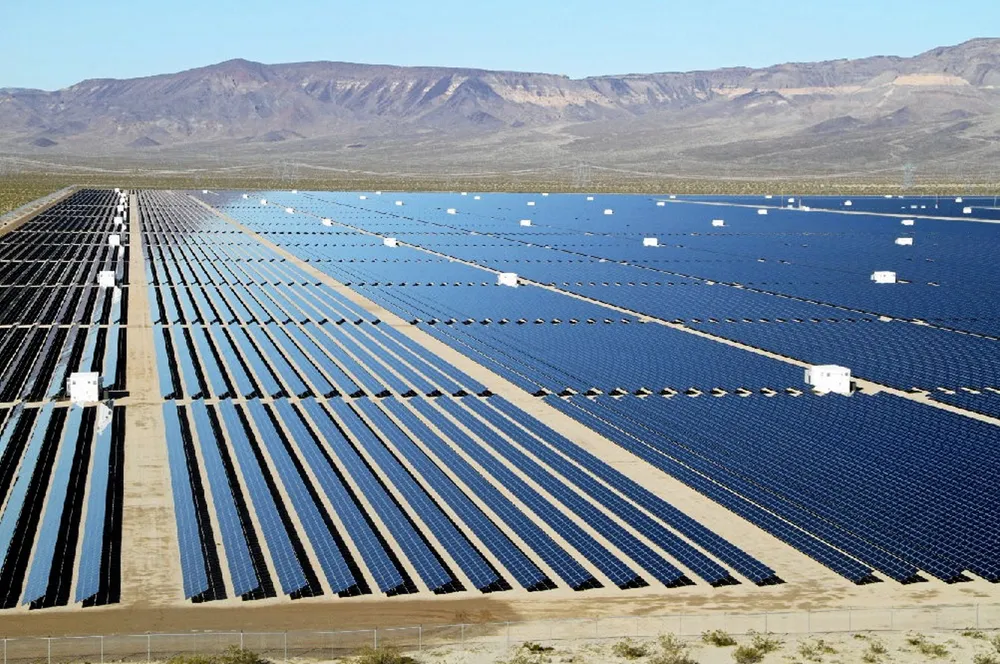Solar dominates US grid-scale power additions through October as skeptic Trump muddies outlook
The president-elect's barrage of proposed tariffs and threat to axe tax credits could undermine progress in a sector hitting its stride

Solar accounted for 79% of 27GW of grid-scale power capacity installed by the US through October, underscoring success by outgoing President Joe Biden’s administration to position it as the pacesetter among energy technologies through this decade, according to latest Federal Energy Regulatory Commission (FERC) numbers.
Wind – onshore and offshore - was a distant second (2.8GW), then natural gas (1.45GW), nuclear (1.1GW), hydro (213MW), and other resources (25W).
Solar almost doubled installations from the same 2023 period, while wind declined from 3.74GW and natural gas plunged from 9.5GW.
Solar was even more dominant in October, taking 92% share of new build generation and expansion totaling 2.14GW.
After taking office in January 2021, Biden has promoted federal policies – some controversial - to make grid-scale solar more cost-competitive and expand its market presence nationwide, facilitating imports of Chinese-branded cells and modules from southeast Asia, and providing generous subsidies for domestic supply chain development.
The result has been a massive build-out of arrays 400MW capacity or larger, particularly on federal lands in western states led by California and Nevada, and on private property in Texas.
Installed grid-scale solar now represents 9.5% of the US 1.3TW generating fleet, more than doubling under Biden, while wind has risen modestly from 10% to 11.7%. Hydro has declined from 8.2% to 7.7% and biomass is 1.1% versus 1.2%, according to FERC.
Solar’s advance has largely come at the expense of coal, whose fleet share had declined from 19.4% to 15.4%, while natural gas has dipped slightly from 44.4% to 43.3%.
Solar continues to benefit from strong corporate and utility demand, large stockpiles of imported solar components and panels, and growing supply chain manufacturing capability at home.
Nevertheless, most of the billions of dollars investment pledged to reshore solar manufacturing or expand capacity here will not be online for several years, if it gets built at all, and President-elect Donald Trump’s return to power next month could pose major headaches for the sector.
Trump is threatening to hike tariffs by 60% on all goods from China although it could try to circumvent some of them by exporting products destined for the US through other nations, which is what it did with solar cells and modules under Biden to avoid existing levies.
China could easily retaliate to any Trump tariff increases by restricting critical materials and minerals used in solar and wind products, not to mention by the US to manufacture semiconductors and defence products.
Trump, who favours fossil fuels has also been critical of solar, despite claiming in recent months to be a “fan,” in the belief that its intermittency poses risks to the electric grid and the technology is over-reliant on expensive federal subsidies.
He has threatened to repeal tax credits for solar, but this would require action by the next Congress which convenes on 3 January. Trump takes office on 20 January.
For now, FERC forecasts “high probability additions” of grid-scale solar will total 93.8GW over the next three years, four times 23.3GW of wind, and six times 15GW of natural gas.
(Copyright)